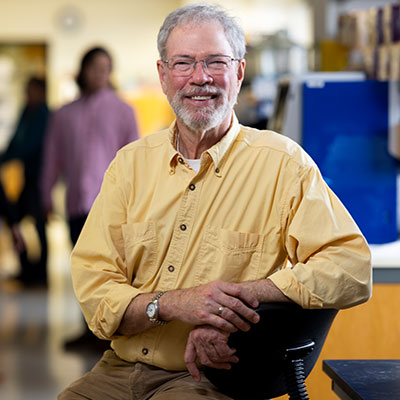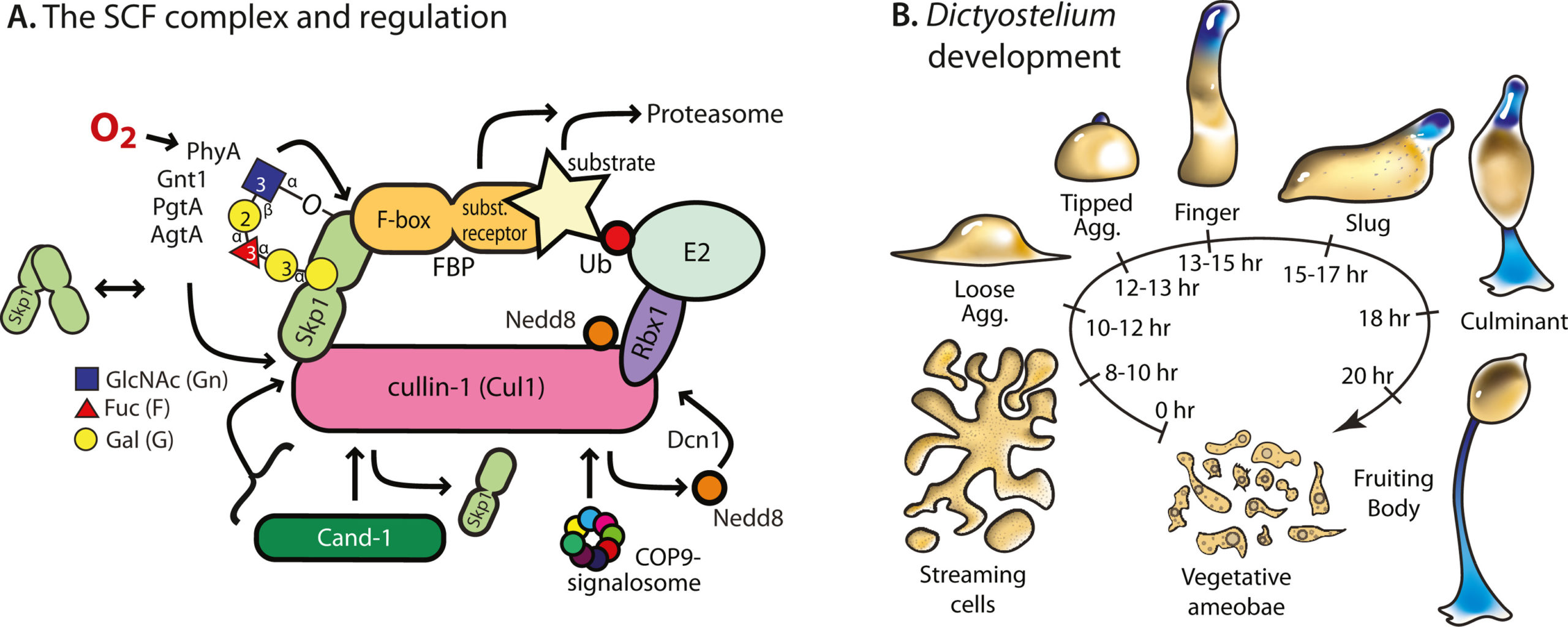Christopher West named 2023 Distinguished Research Professor
Christopher West, head of the Department of Biochemistry and Molecular Biology, a researcher in the Complex Carbohydrate Research Center and a member of CTEGD, belongs to a small group of internationally recognized parasite glycobiologists. His rigorous, transformative research explores cellular processes involving various structures, enzymes and roles of glycans, or sugar chains. His studies have identified fundamental cell-to-cell mechanisms of environmental sensing and signaling in glycobiology. Some of his seminal discoveries involve the biosynthesis and roles of novel glycan molecules in the model organism, Dictyostelium discoideum. One of his crucial contributions to glycobiology has been to describe at molecular resolution that organism’s biochemical response pathway to altered oxygen levels, allowing it to respond to its environment’s available oxygen. Since arriving at UGA, he has translated these findings to an opportunistic human pathogen, Toxoplasma gondii, which can grow and infect cells in low-oxygen environments. His research with collaborators at UGA and internationally has opened a new field of oxygen-sensing in protists, exploring how this environmental factor can control the behavior and virulence of pathogenic parasites.






